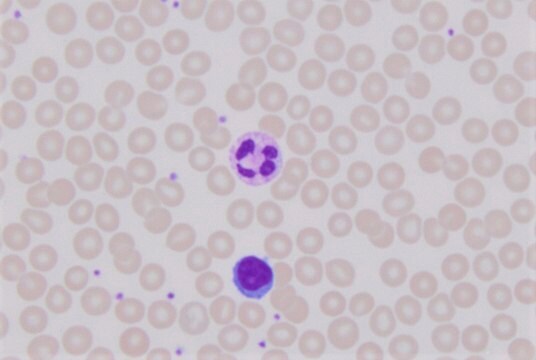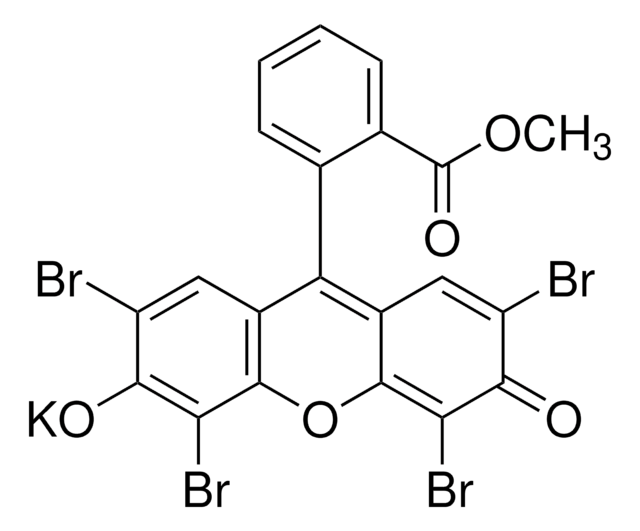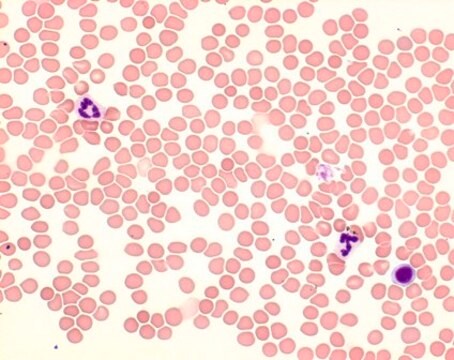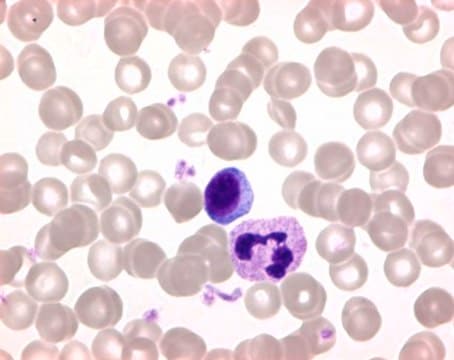48900
Giemsa Stain, Modified Solution
(for the staining (of cellular blood components and blood parasites))
Synonym(s):
Azure eosin methylene blue, Giemsa solution
About This Item
Recommended Products
type
(for research use only)
Quality Level
shelf life
limited shelf life
technique(s)
microbe id | staining: suitable
suitability
Chlamydia spp.
Histoplasma spp.
Plasmodium spp.
Trichomonas spp.
bacteria
protozoa
spirochetes
SMILES string
[Cl-].CN(C)c1ccc2N=C3C=CC(=[NH2+])C=C3Sc2c1
InChI
1S/C14H13N3S.ClH/c1-17(2)10-4-6-12-14(8-10)18-13-7-9(15)3-5-11(13)16-12;/h3-8,15H,1-2H3;1H
InChI key
NALREUIWICQLPS-UHFFFAOYSA-N
Looking for similar products? Visit Product Comparison Guide
Application
Caution
Principle
Physical form
Reconstitution
Signal Word
Danger
Hazard Statements
Precautionary Statements
Hazard Classifications
Acute Tox. 3 Dermal - Acute Tox. 3 Inhalation - Acute Tox. 3 Oral - Flam. Liq. 2 - STOT SE 1
Target Organs
Eyes
Storage Class Code
3 - Flammable liquids
WGK
WGK 2
Flash Point(F)
53.6 °F
Flash Point(C)
12 °C
Personal Protective Equipment
Choose from one of the most recent versions:
Already Own This Product?
Find documentation for the products that you have recently purchased in the Document Library.
Customers Also Viewed
Our team of scientists has experience in all areas of research including Life Science, Material Science, Chemical Synthesis, Chromatography, Analytical and many others.
Contact Technical Service








